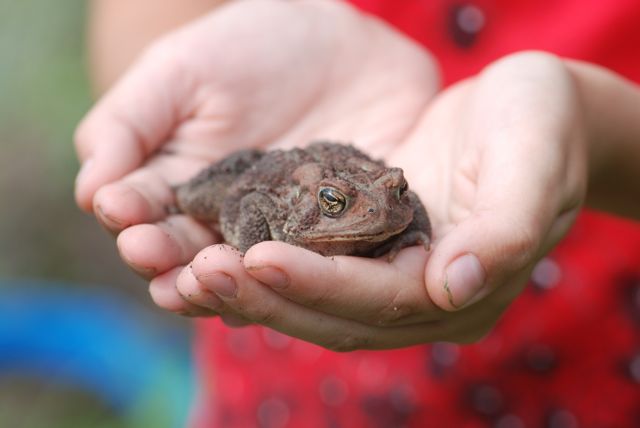Let’s celebrate STEM Friday with the fiction picture book, Mary Had a Little Lab by Sue Fliess and illustrated by Petros Bouloubasis.
Using her patented rollicking rhyme, Sue Fliess re-manufactures the Mary Has a Little Lamb poem into a modern tale of girl power and a blueprint for building friendships.
This fun picture book is great to read aloud. Once beginning readers hear the pattern, rhyming text makes it easier for them to guess the next line or words. Soon they will be “reading” along.
In addition, Petros Bouloubasis has added loads of visual gags to the illustrations that will make young readers want to look more closely.
Intrigued? You can get more of and idea of the flavor of the book from this official book trailer:
If the book is fiction, why promote it for STEM Friday? The best reason is that it portrays girls in STEM in a positive light. I could have done without the stereotype lab coat and lonely scientist working by herself trope, but overall Mary is imaginative, persistent, and resourceful. What more can you ask for?
Mary Had a Little Lab takes the familiar and makes it new. It’s a winning combination that children will want to read again and again. Pick up a copy to share and you’ll see.
Suggested activities:
1. Build a “lab”
Gather:
- A big cardboard box for each participant or group
- Art supplies like markers, crayons, paint
- Assorted knobs, buttons, etc (optional)
- Glue, tape, painter’s tape
- Aluminum foil (optional)
- Construction paper
- Paper cups (optional)
- Yarn (optional)
- Cardboard tubes, egg cartons
Encourage the children to design and construct their own “lab.” Provide adult assistance to cut flaps and doors.
2. Learn more about sheep science
Visit our post about sheep and goats at Growing With Science blog
3. Make a sheep craft
There are millions of cute ideas for sheep crafts online, like these on Pinterest.

Public Domain Photograph by Jean Beaufort at Publicdomainpictures.net
Age Range: 3 – 5 years
Grade Level: Preschool – Kindergarten
Publisher: Albert Whitman & Company (March 1, 2018)
ISBN-10: 0807549827
ISBN-13: 978-0807549827
Disclosure: This book was provided by our local library. Also, I am an affiliate with Amazon so I can provide you with cover images and links to more information about books and products. As you probably are aware, if you click through the highlighted title link and purchase a product, I will receive a very small commission, at no extra cost to you. Any proceeds help defray the costs of hosting and maintaining this website.

Come visit the STEM Friday blog each week to find more great Science, Technology, Engineering and Math books.Opens in a new window Note: this is a new link as of 1/2019.







